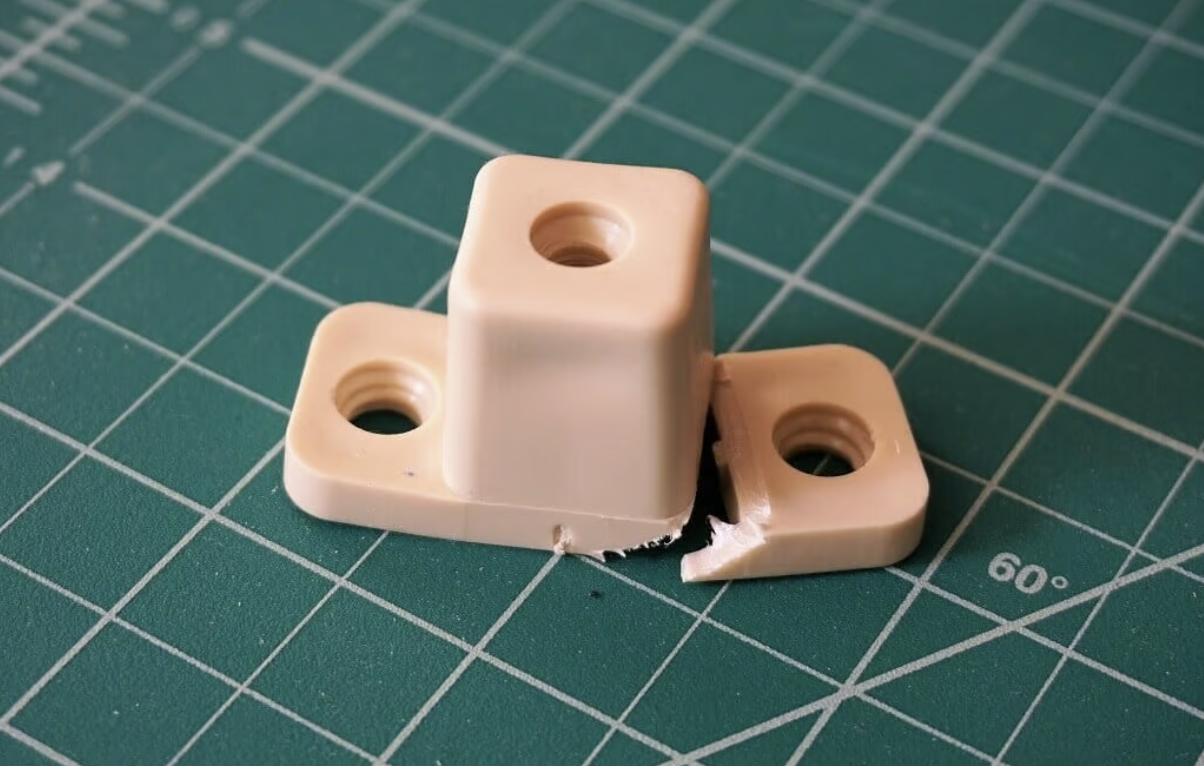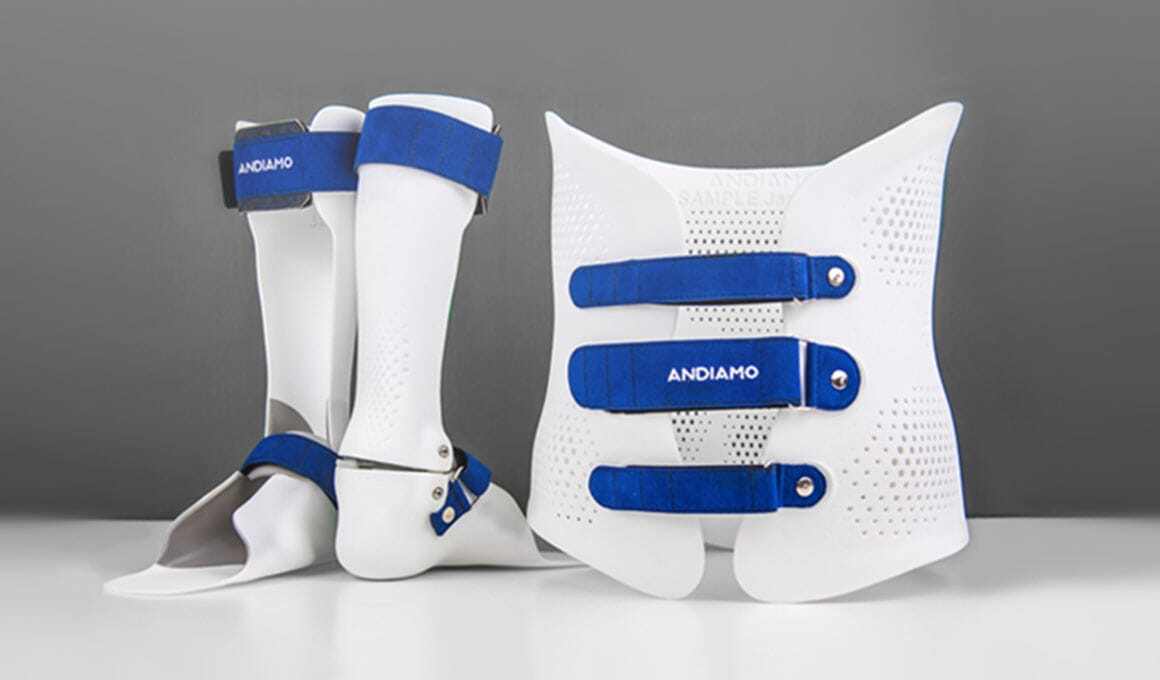Hanger's founding father, James Edward Hanger, experienced a personal transformation following limb loss that changed the course of his life. From then on, he made it his mission to positively impact the lives of others who had shared a similar experience, a calling that Hanger employees continue to embrace and carry out to this day.
On June 1, 1861, 18-year-old engineering student James Edward Hanger left his family, forgoing his studies at Washington College (now Washington & Lee University), to join his brothers as a soldier during the early days of the Civil War. On June 3, less than two days after enlisting, a cannonball tore through his leg early in the Battle of Philippi. Becoming the first amputee of the Civil War, the young Hanger survived an excruciating battlefield amputation that was necessary to save his life.
Upon returning to his family’s home in August 1861, Hanger requested solitude in his upstairs bedroom. His family assumed he was writhing in despair; however, unbeknownst to anyone else, in those quiet moments, Hanger was working on a solution to overcome his physical challenge. He began inventing and building what would prove to be a revolutionizing prosthetic solution. Reflecting on that time, he was quoted as saying, “No one can know what such a loss means unless he has suffered a similar catastrophe. In the twinkling of an eye, life’s fondest hopes seemed dead. What could the world hold for a maimed, crippled man?”
Whittled from barrel staves, the “Hanger Limb” was first worn by Hanger in November 1861 as he descended the steps of his home, to the astonishment of his family who didn’t know what he was doing while locked away for months. “Today I am thankful for what seemed then to me nothing but a blunder of fate, but which was to prove instead a great opportunity,” Hanger later said.
Hanger’s personal success with his innovative articulating knee joint resulted in his desire to help others who had also suffered limb loss, and the remainder of his life was dedicated to serving those with physical challenges. Early on, he was commissioned to develop prosthetic limbs for wounded soldiers and he did so throughout his career, eventually expanding his service to civilians as well. Even a decade after he retired, his dedication to others remained steadfast. In 1915, Hanger traveled to Europe to help advance prosthetic care for those wounded during World War I. He was so highly regarded in the field, that by the time of his death in June 1919, the J.E. Hanger Company had branches in Atlanta, Philadelphia, Pittsburgh, St. Louis, London, and Paris.
Through his personal tragedy at 18 years old, Hanger was able to grow, serve, and become the leader in this field. He was innovative, collaborative and patient-focused. He made history in the way that he transformed himself and transformed the world for the better for all people needing prosthetic solutions.
Today, as a company with $1.1 billion in annual revenue, Hanger, Inc. still honors and abides by the tenets articulated by its founder long ago: “There is sound logic in our determination not to extend our activities beyond our capacity. If we have learned no other lesson, we are fully convinced of the wisdom of the policy we have followed all these years, never to allow our output to grow faster than our standards of quality and individual attention will allow.” Additionally, the experience of personal growth and transformation through service is something Hanger team members hold dear, as we fulfil our purpose of Empowering Human Potential Together.







